Thai Hai Village is known as a green oasis in the heart of Thai Nguyen City. This is not only a place to preserve the traditional cultural values of the Tay people but also an attractive destination for domestic and foreign tourists.
Special village
More than 70km from Hanoi, Thai Hai Ethnic Ecological Stilt House Village Conservation Area (also known as "Thai Hai Village", "Thai Hai Family") is located in My Hao hamlet, Thinh Duc commune, Thai Nguyen city.
This place was once listed by CNN Travel as one of the most beautiful rural areas in the world.
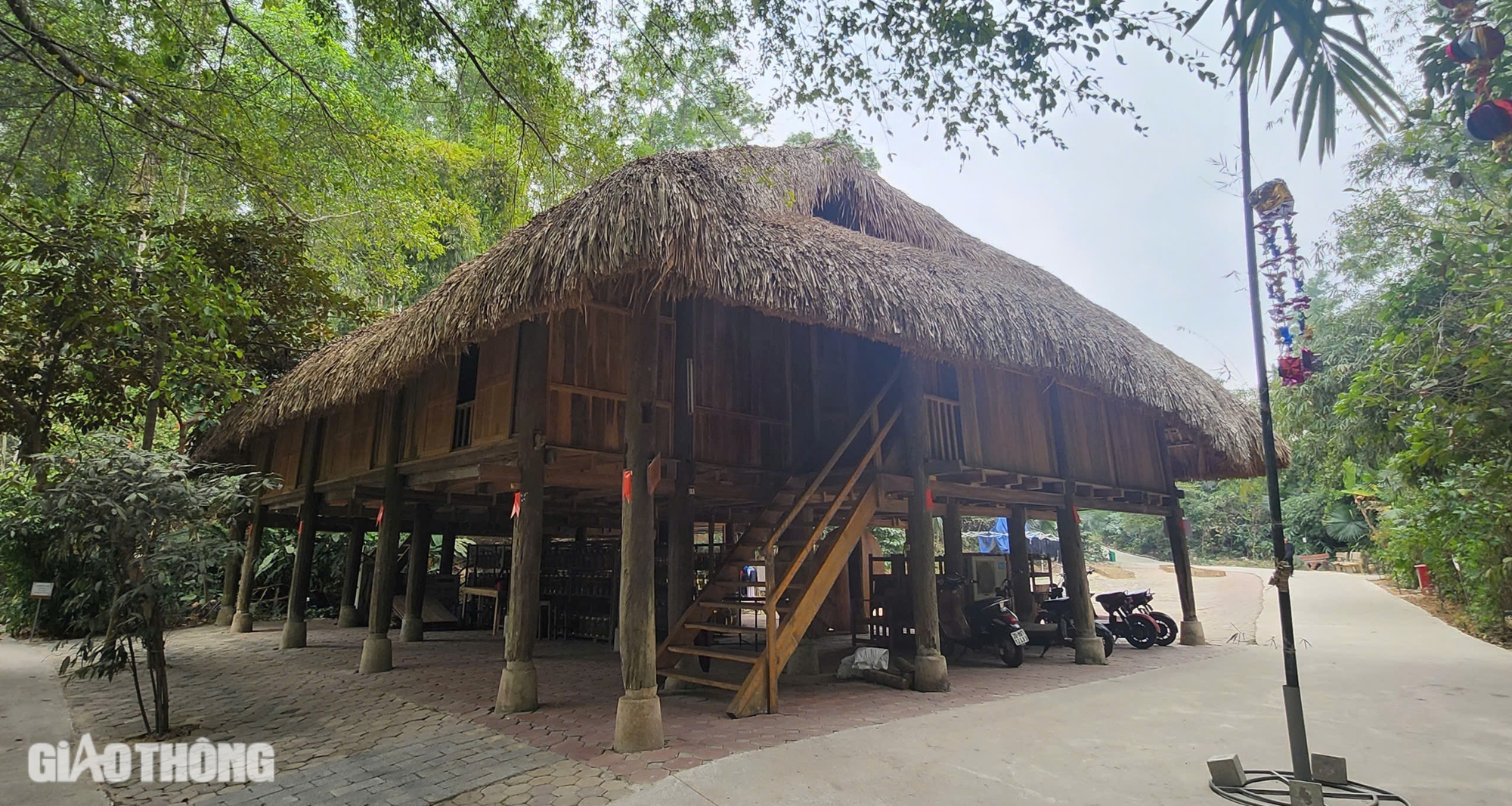
All 30 traditional stilt houses of the Tay ethnic group were moved from the revolutionary land of ATK Dinh Hoa, ranging in age from several decades to nearly 100 years.
Unlike any other village in Vietnam, in this special village, small families do not have private property.
People eat from the same pot of rice, spend money from the same wallet, raise children together and do community tourism.
The products each person makes are collected and then used to serve the needs of each person and the village community. All production activities in Thai Hai are self-sufficient.
Ms. Nguyen Thi Thanh Hai, Head of Thai Hai village and Director of Thai Hai ethnic ecological stilt house village conservation area, said that each person in Thai Hai only does one job.
People who are good at animal husbandry should take charge of animal husbandry, people who are good at communication should do communication and foreign affairs, people who have experience in making medicine should just make medicine...
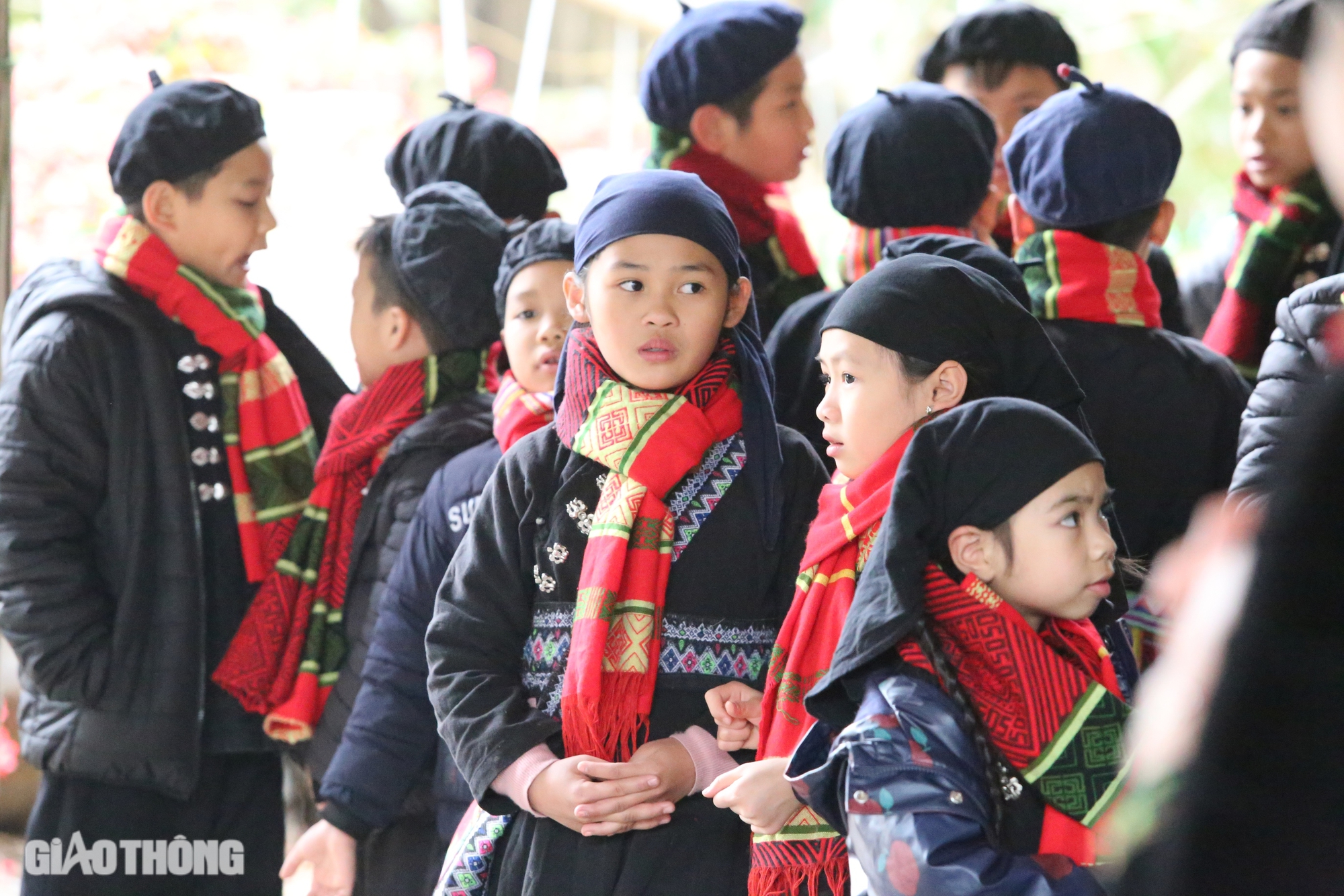
Each person in Thai Hai only does one job depending on his or her strengths.
Every day, at 5am, after a gong is rung, families wake up. While the men stir the stove, blow the fire, and sharpen knives to prepare for a day of work, the women go to the village well to get water and boil water to make tea. After breakfast together, everyone goes off to do their own work.
Ms. Ma Thi Liem (in charge of the Thai Hai village pharmacy) said: "My family and I have lived here for more than 20 years. Thai Hai village has many ethnic groups such as Tay, Nung, Dao, Kinh.
We come from many different provinces and cities such as Thai Nguyen, Tuyen Quang, Ha Giang, Phu Tho. But everyone is united, considered as one family. Seeing the cultural traditions of our compatriots being preserved is really happy."
People eat from the same pot of rice, spend money from the same wallet, raise children together and do community tourism.
All the money people earn from producing, selling products and welcoming tourists is paid into the village's common fund.
The village chief takes care of all expenses and living needs, from private to essential, of each family and individual such as sick visits, medical treatment, children going to school, even going to university, studying abroad... The village chief will be the one to decide on all important matters of Thai Hai village.
Fun experience
Visitors to Thai Hai village are welcomed by the villagers as if they were welcoming relatives home. Visitors arriving at the village entrance will turn into the village well to wash their faces, hands and feet.
The village well has a clear water source, surrounded by pebbles, is a place where the vitality of heaven and earth converges, providing water for the whole village.
Villagers believe that being washed with water from the village well will help purify the soul and rid it of bad luck.
In front of the village gate there is always a wooden gong and a fence separating it from the outside.
When guests arrive, they use a stick or a stick to hit the wooden fish. The sound of the wooden fish echoes throughout the village to let the villagers know that the wine house is preparing wine and the tea house is preparing tea to welcome the honored guests.
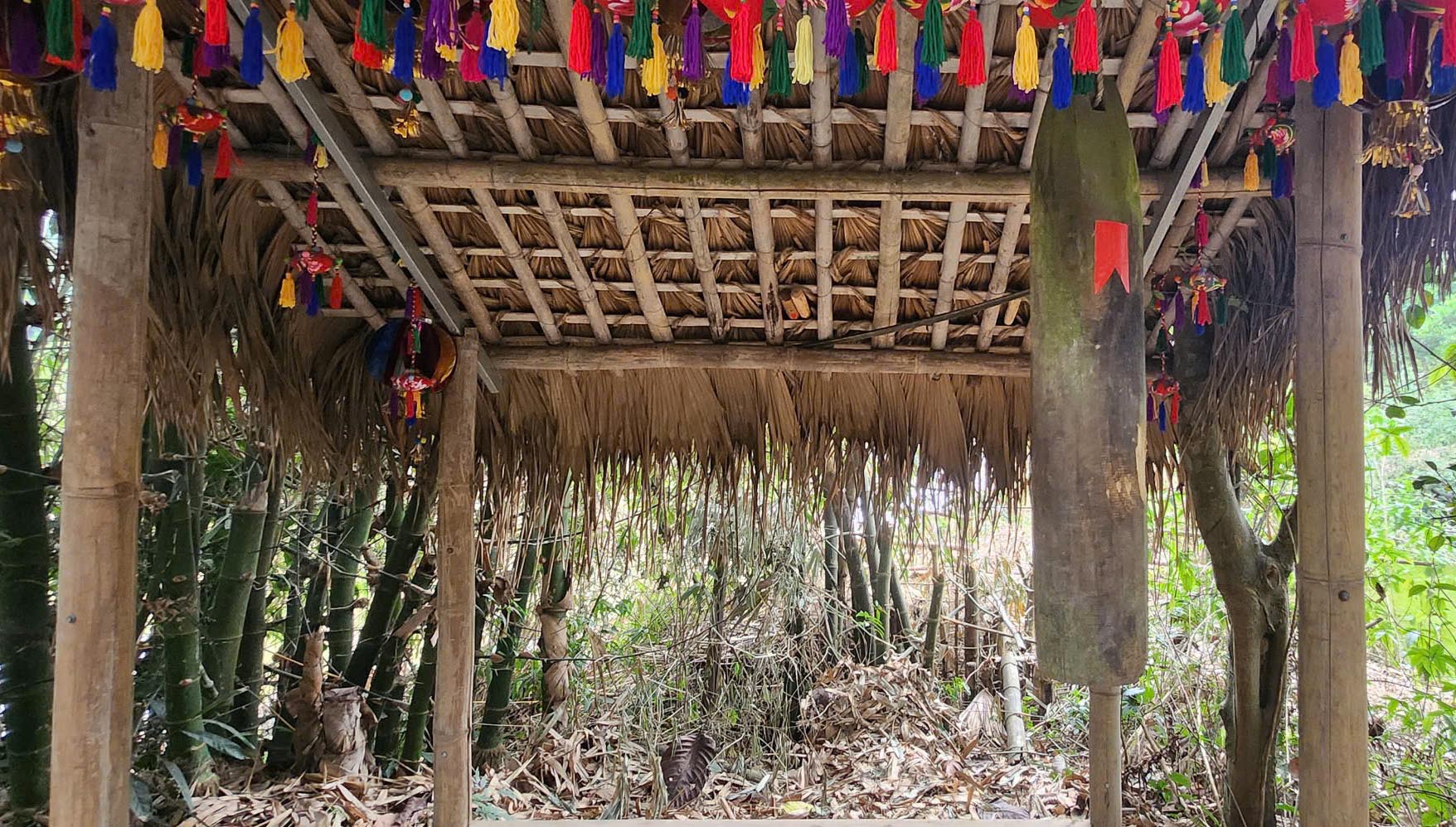
There is always a wooden gong in front of the village gate. When guests arrive, they use a stick or a stick to hit the gong so that the villagers know and prepare to welcome them.
Thai Hai village has 3 main products to introduce to tourists, which are stilt house architecture, cuisine and traditional culture of the Tay ethnic group.
Material culture includes 30 ancient stilt houses, household utensils and tools such as rice mills, rice mortars using water, wooden rice trays, baskets, and bamboo and rattan woven pots to hold things.
Besides, there are traditional costumes, traditional medicine, cuisines such as banh chung, banh gai, che lam, meat hung from the kitchen and wine made from fermented leaves distilled using traditional methods...
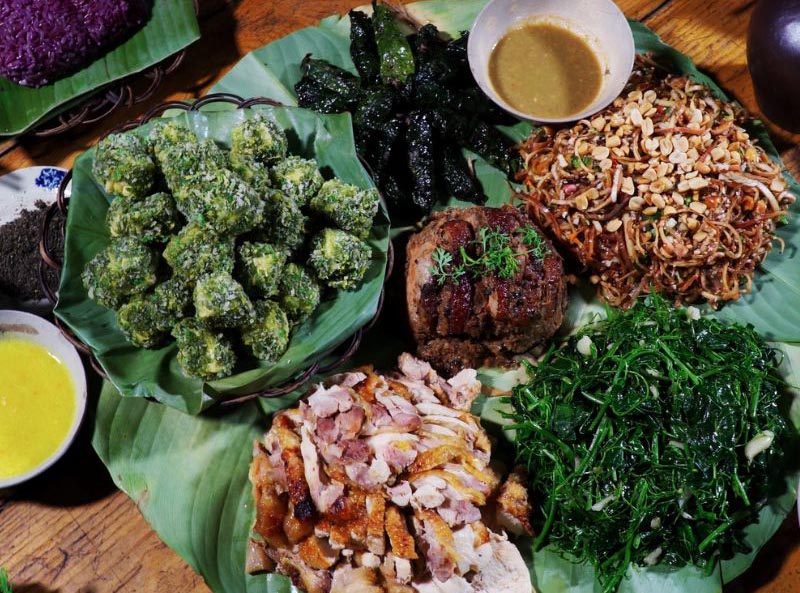
Coming here, visitors will enjoy more than 100 traditional dishes of the Tay people, notably the meatloaf, whole roasted pig, grilled buffalo meat, stir-fried buffalo meat with fermented rice and many other specialties such as five-color sticky rice, wild banana flower salad, braised carp with fermented rice or charcoal-grilled fish...
Intangible culture is highly valued in Thai Hai, especially language. In this village, all members communicate with each other in their ethnic language, practice and pass on Then singing and Tinh lute every day, and maintain family traditions.
In particular, the beauty of spiritual and religious culture such as the long tong festival, longevity celebration, worshiping the midwife and ancestor worship rituals are maintained.
Ms. Nguyen Thi Thu (tourist from Hanoi) said, "When I come here, I call it a happy village.
The special thing is that people join hands to preserve traditional cultural features and spread love.
More than 200 people eating from the same pot of rice and sharing the same wallet is really interesting. Hopefully similar models will be replicated more widely."
Visitors to Thai Hai village will have the opportunity to participate in cultural and artistic exchanges and enjoy the typical dishes of the people.
Ms. Nguyen Thi Thanh Hai, head of Thai Hai village, said that around 2014, some people came to the village to visit the scenery. They gave money to help cook a meal and let them stay.
They said that this place has a peaceful atmosphere and many delicious traditional dishes, so word of mouth spread and more and more people came to visit.
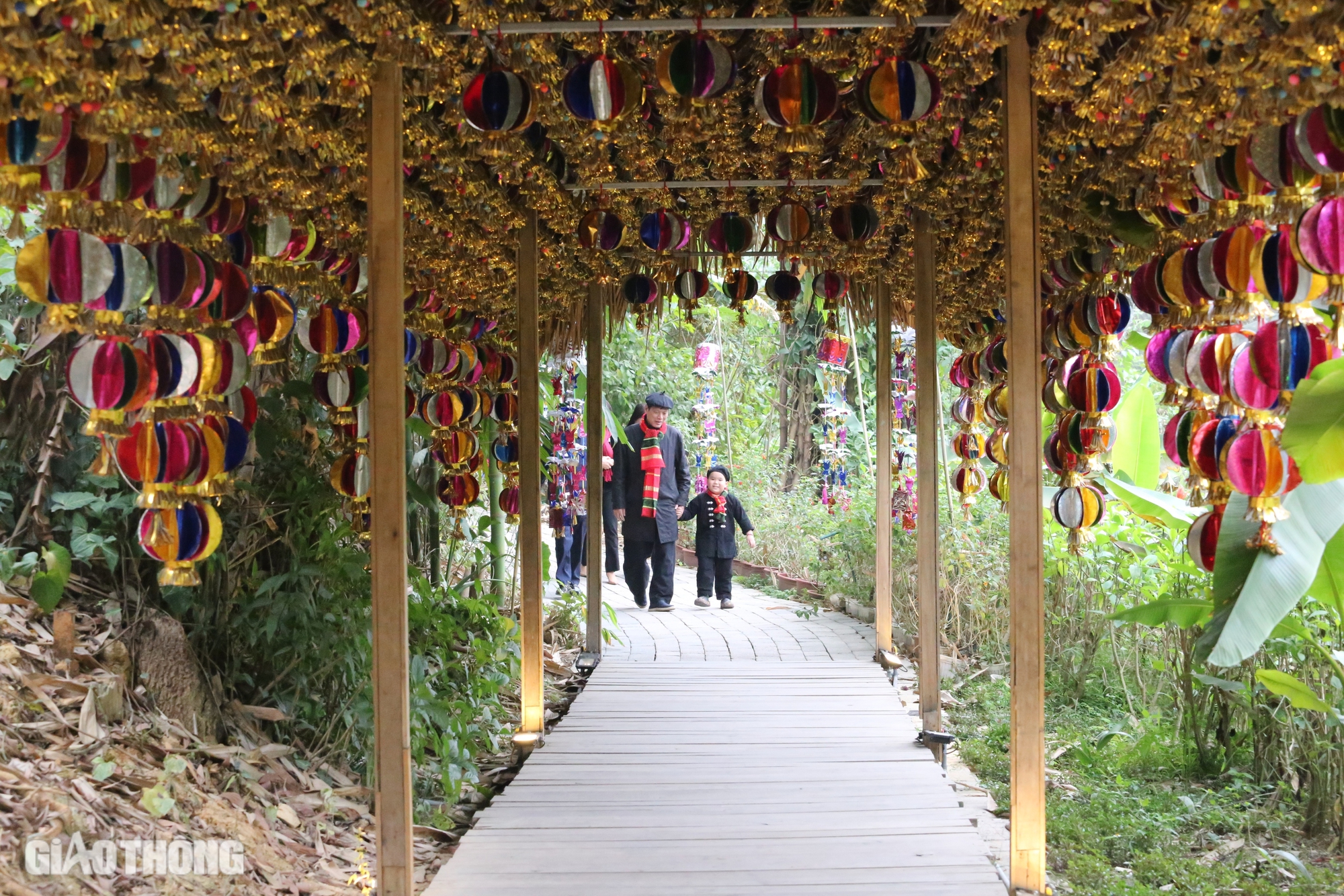
Domestic and foreign tourists increasingly know Thai Hai village.
The village's services, mainly cuisine and life experiences, are gradually being shaped according to tourists' requests.
I don't remember exactly when the village officially started doing tourism, but now there are tourists from more than 40 countries around the world coming to Thai Hai to visit and experience.
And now the village has the capacity to receive, serve food, drink, sleep and rest for more than 1,200 guests at the same time.
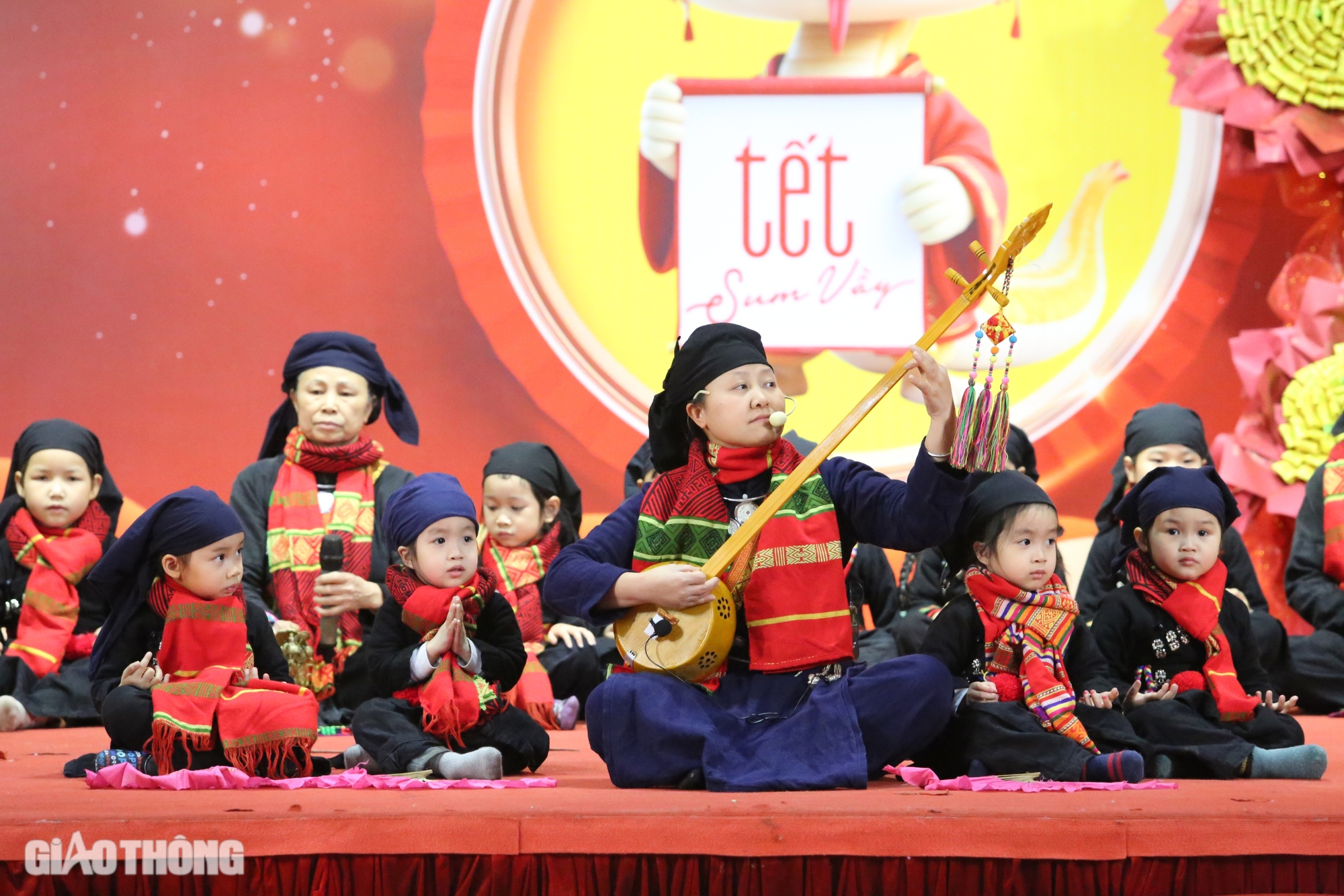
Children here are taught Then singing, Tinh lute playing, speaking their ethnic language and learning both Mandarin and English.
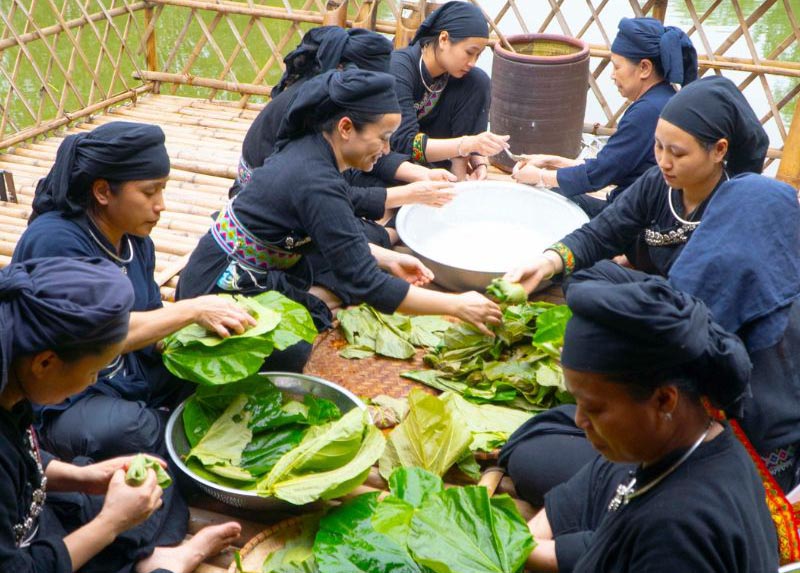
Visitors can experience making traditional cakes with the Tay people.
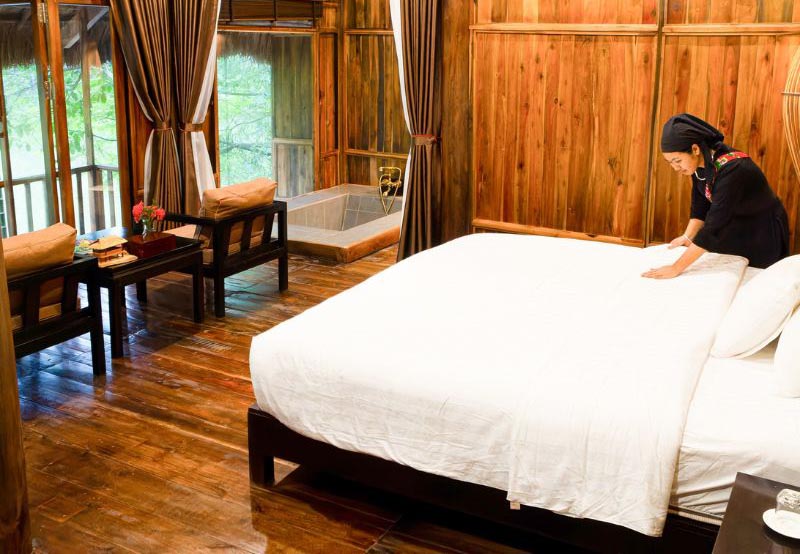
The accommodation area is also carefully prepared by the local people to serve tourists.
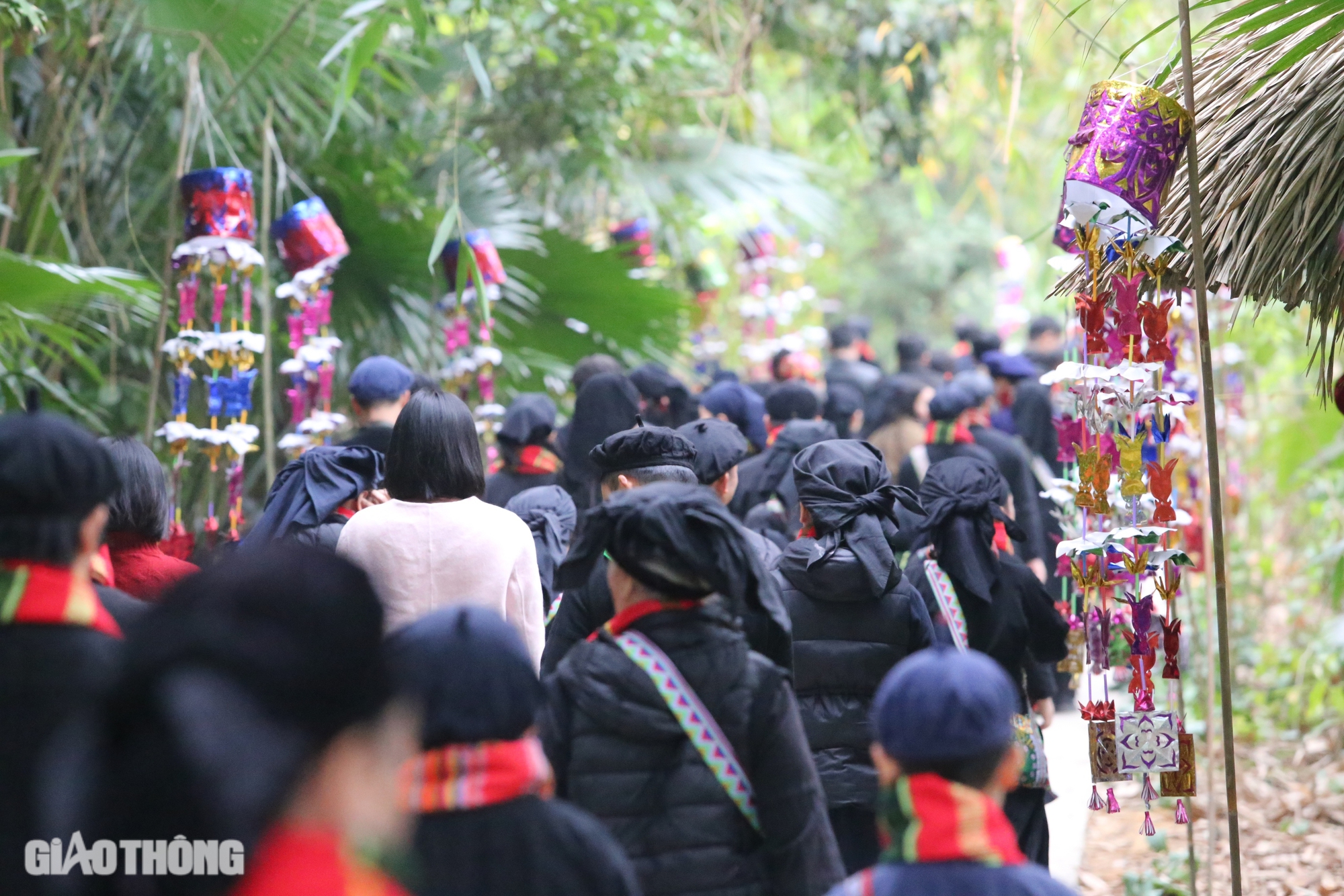
People and tourists in Thai Hai village.
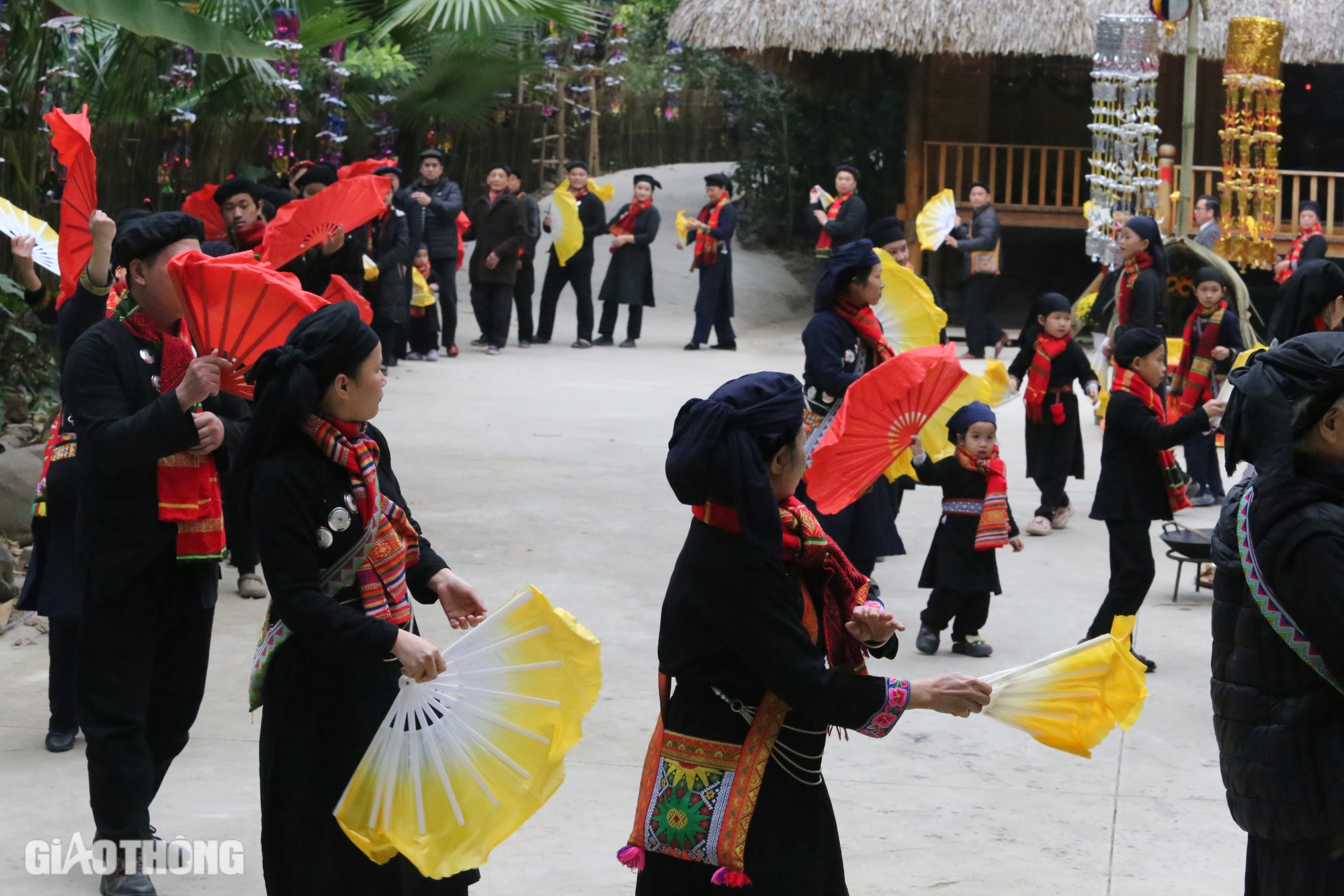
Tourists experience culture with Thai Hai villagers.
Source: https://www.baogiaothong.vn/kham-pha-mot-trong-nhung-ngoi-lang-dep-nhat-the-gioi-o-thai-nguyen-192250205205656491.htm


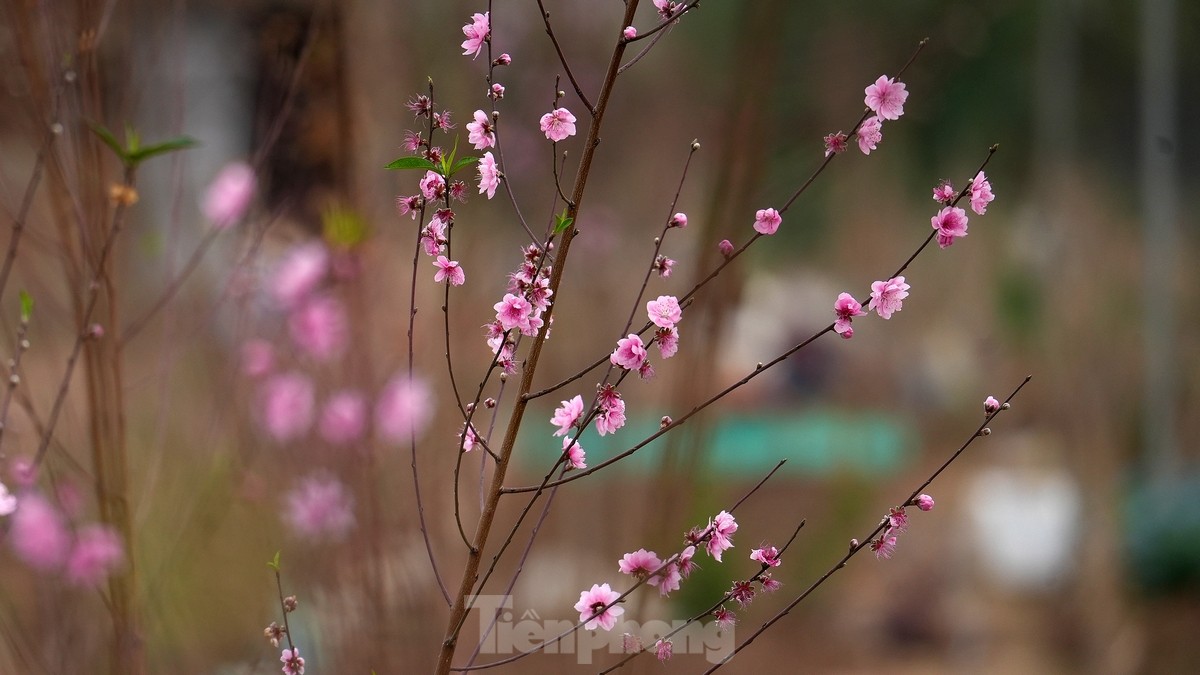

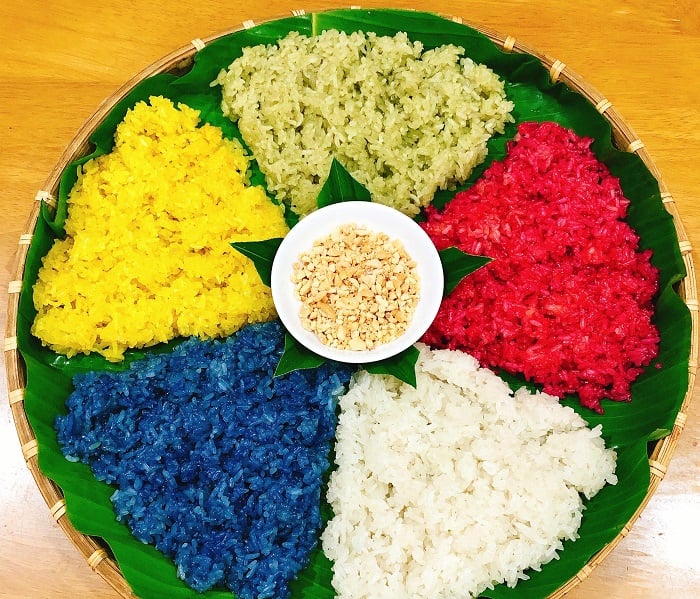
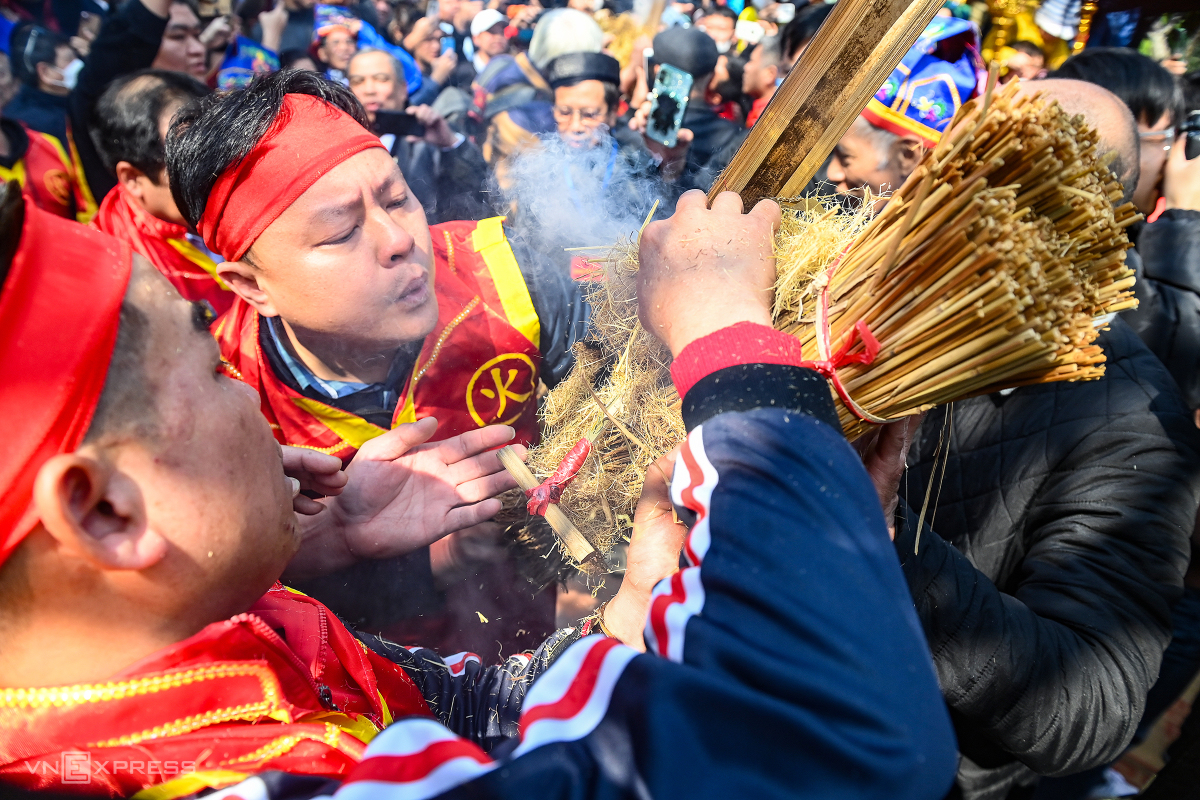
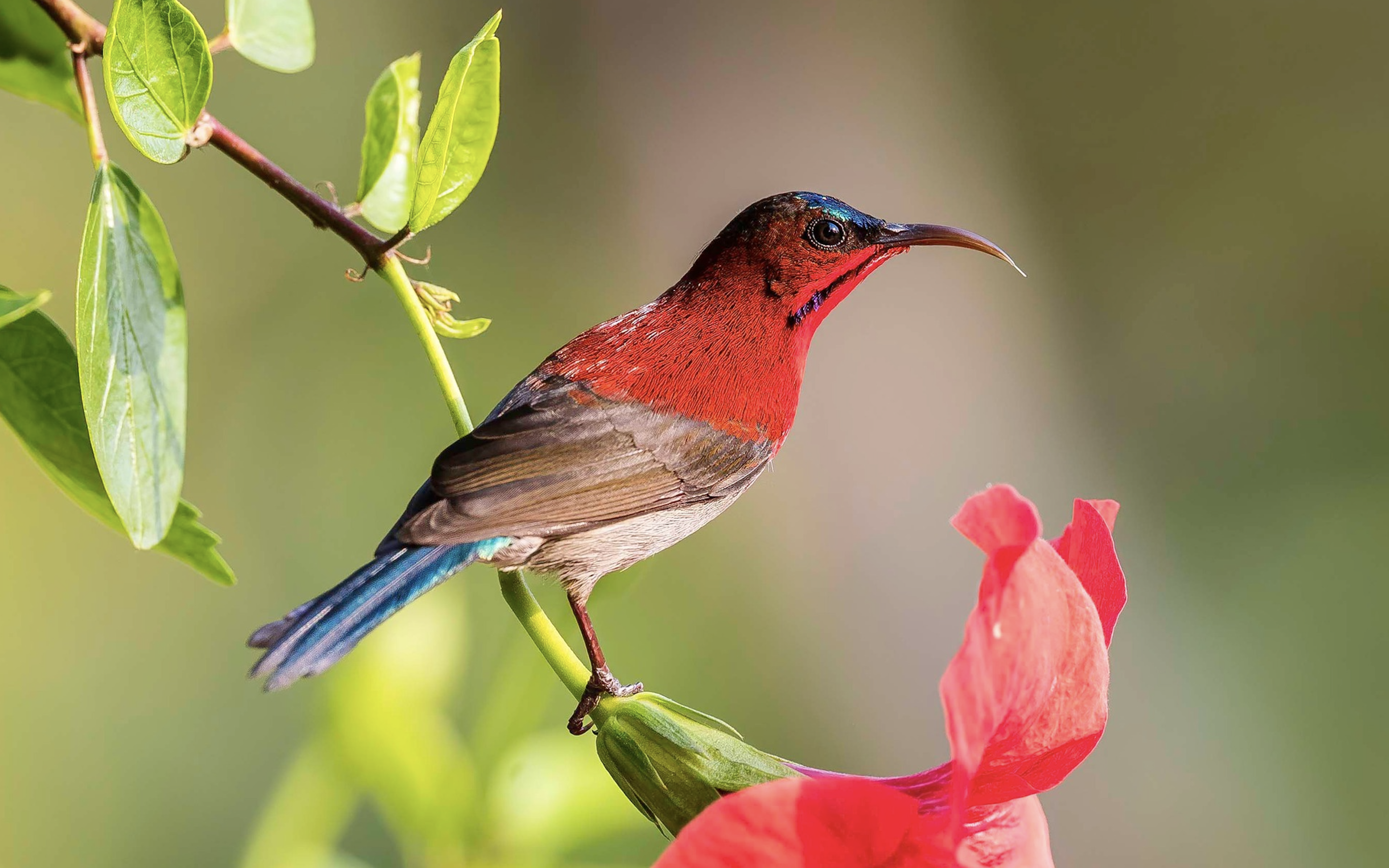
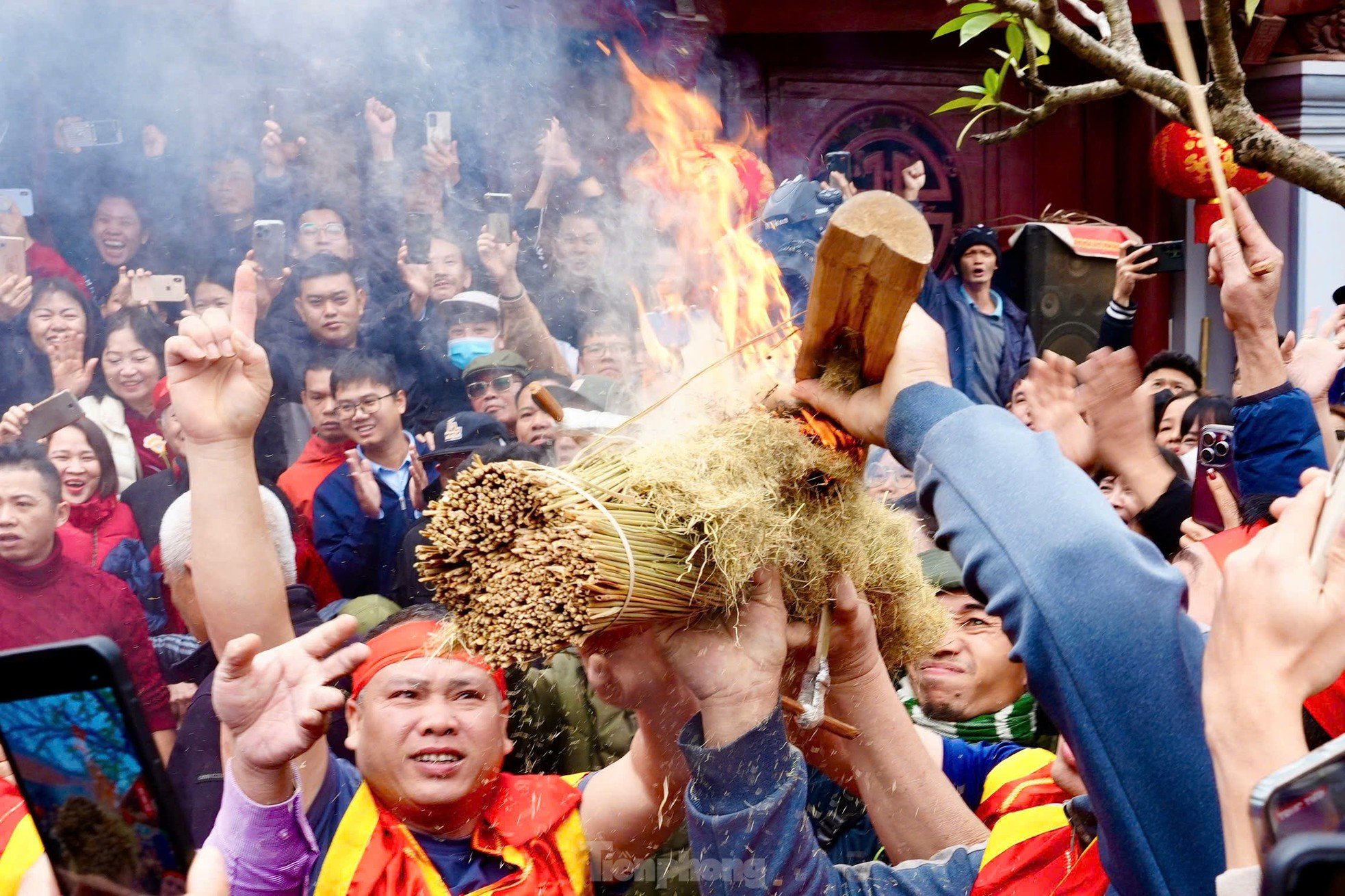




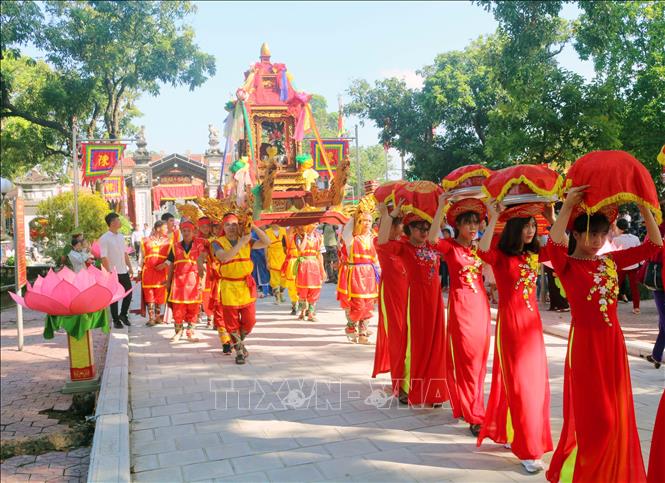
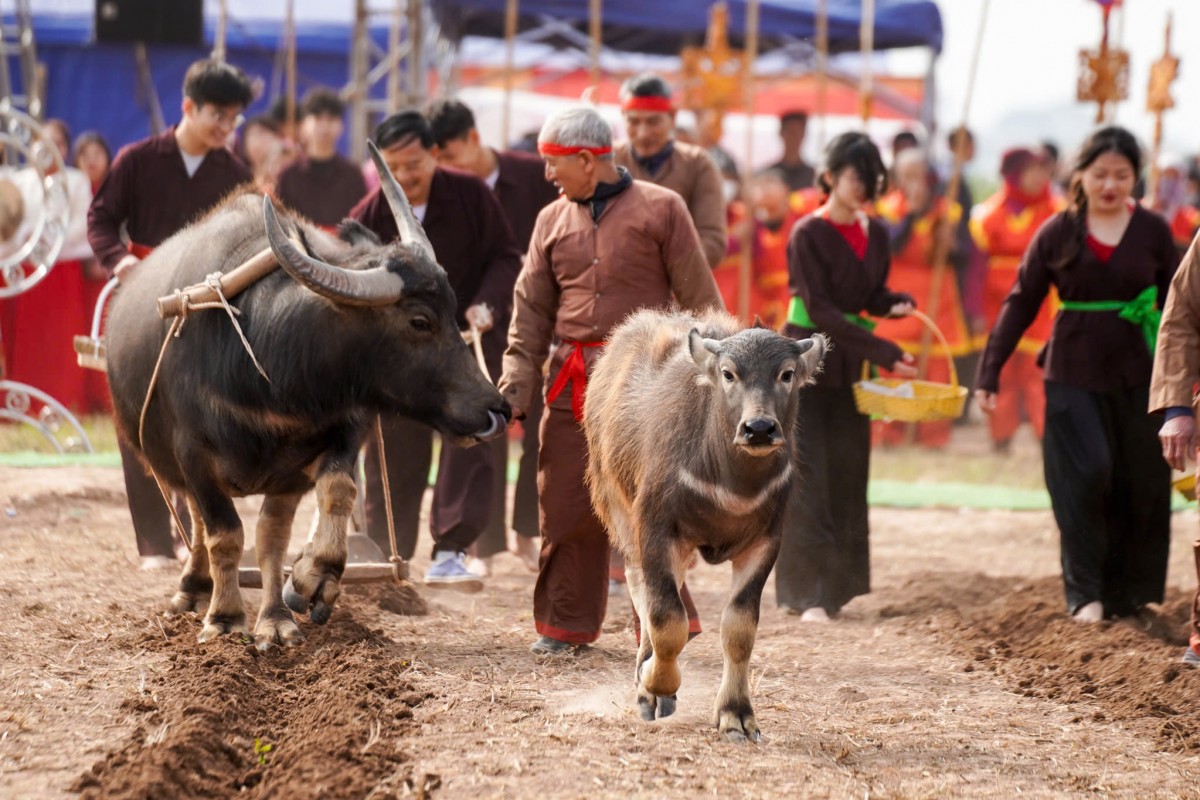



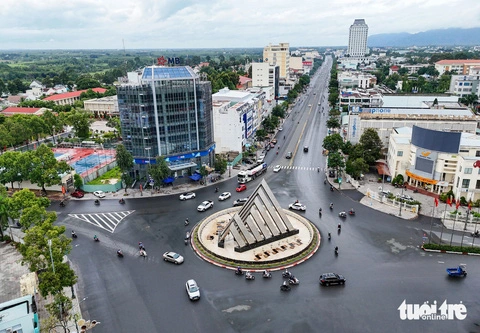
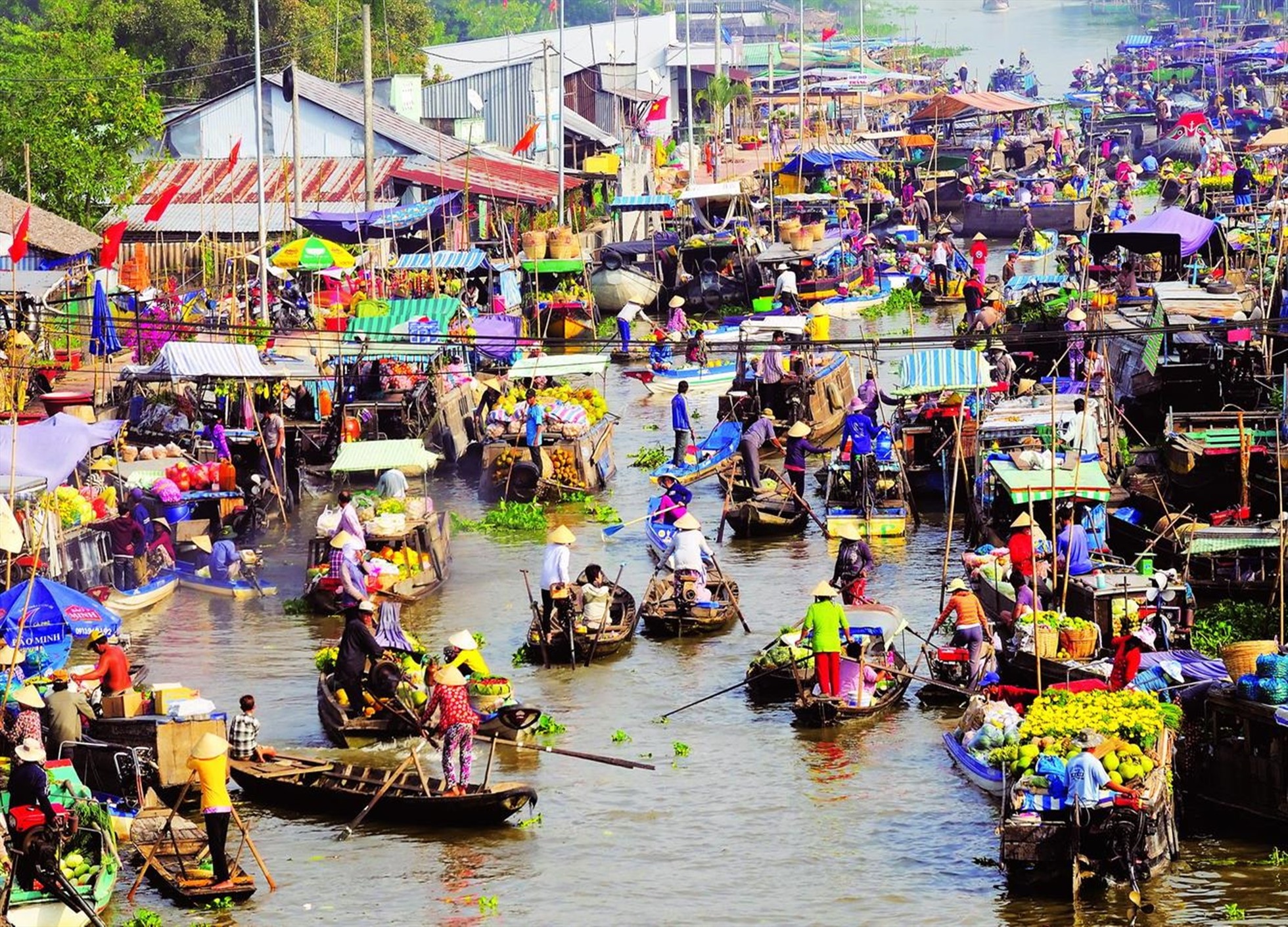
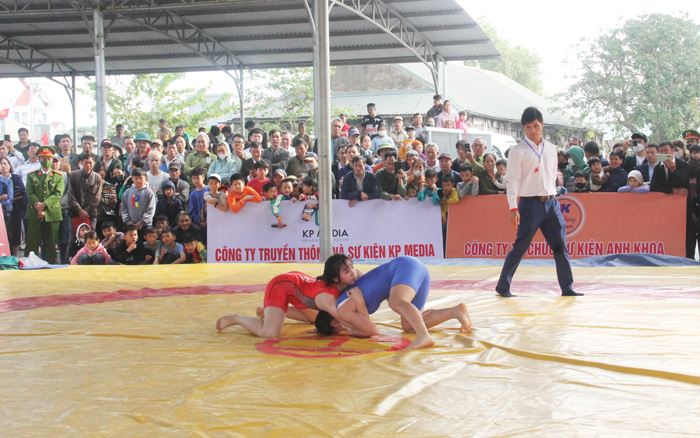

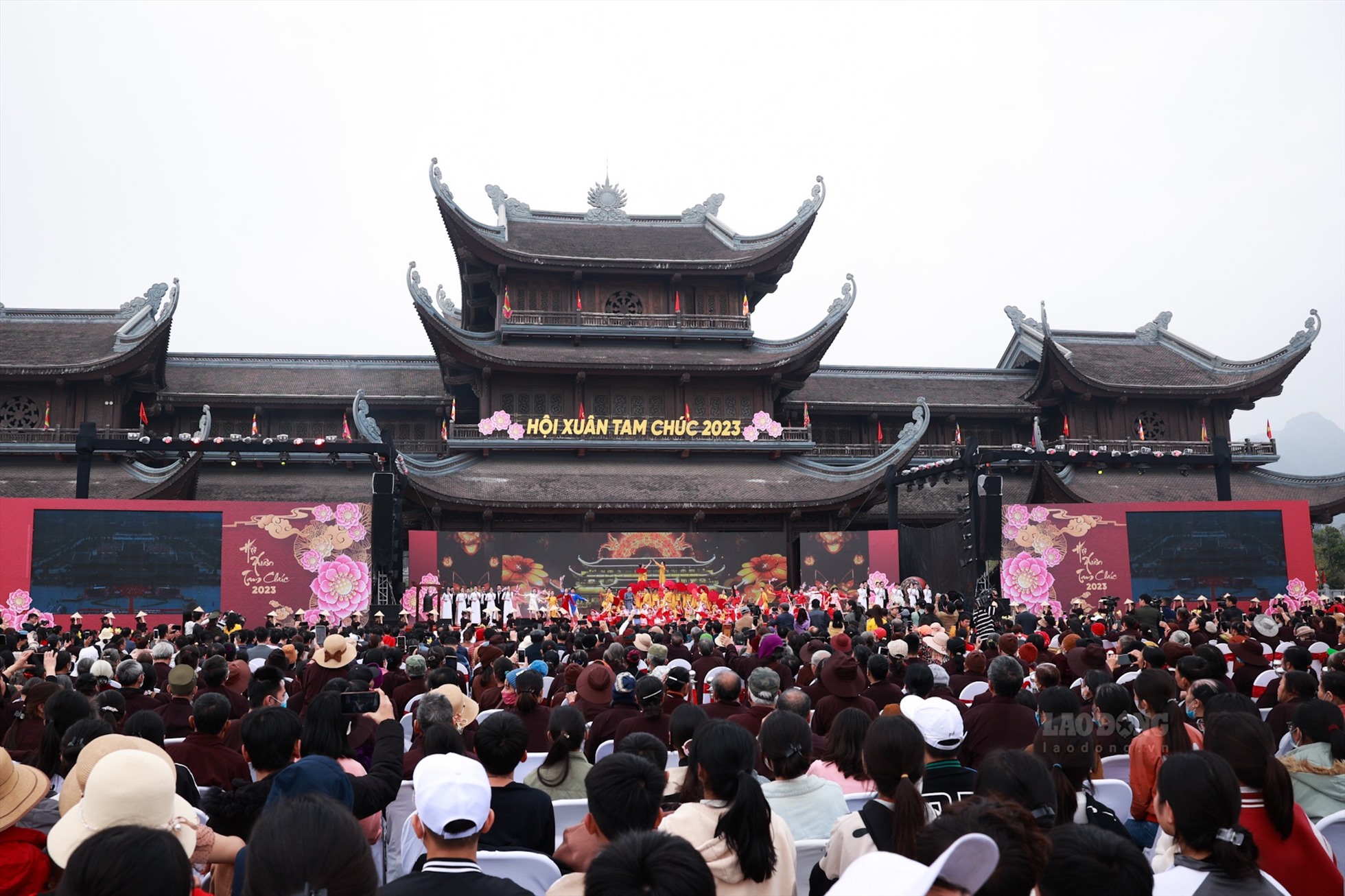



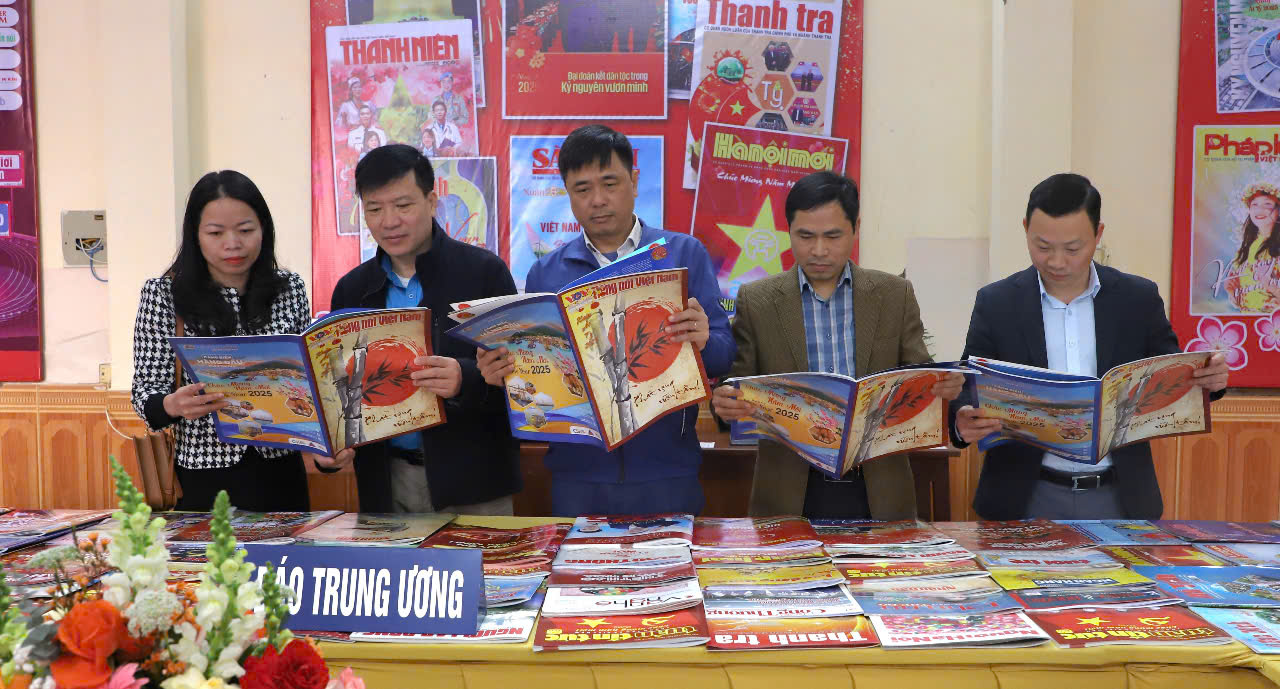



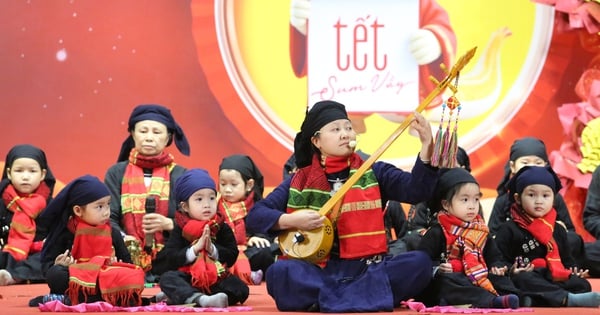
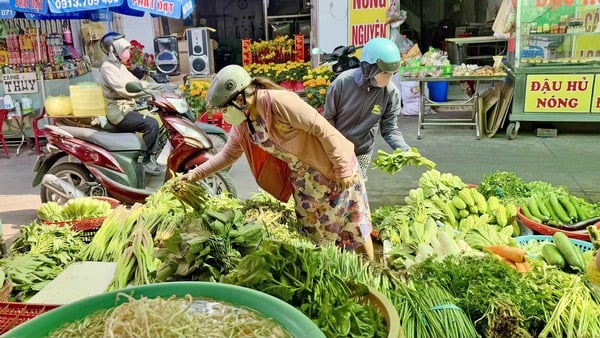
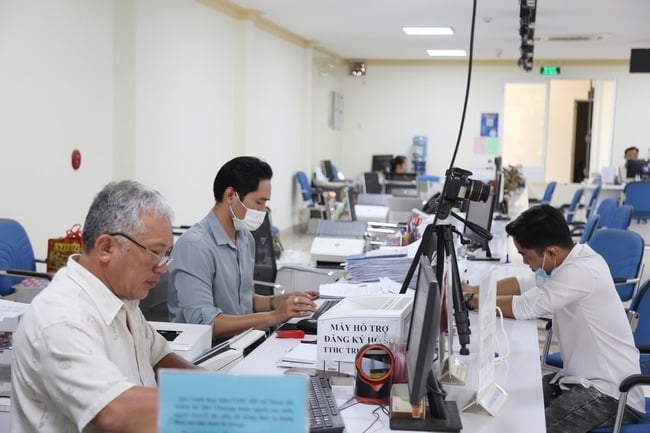






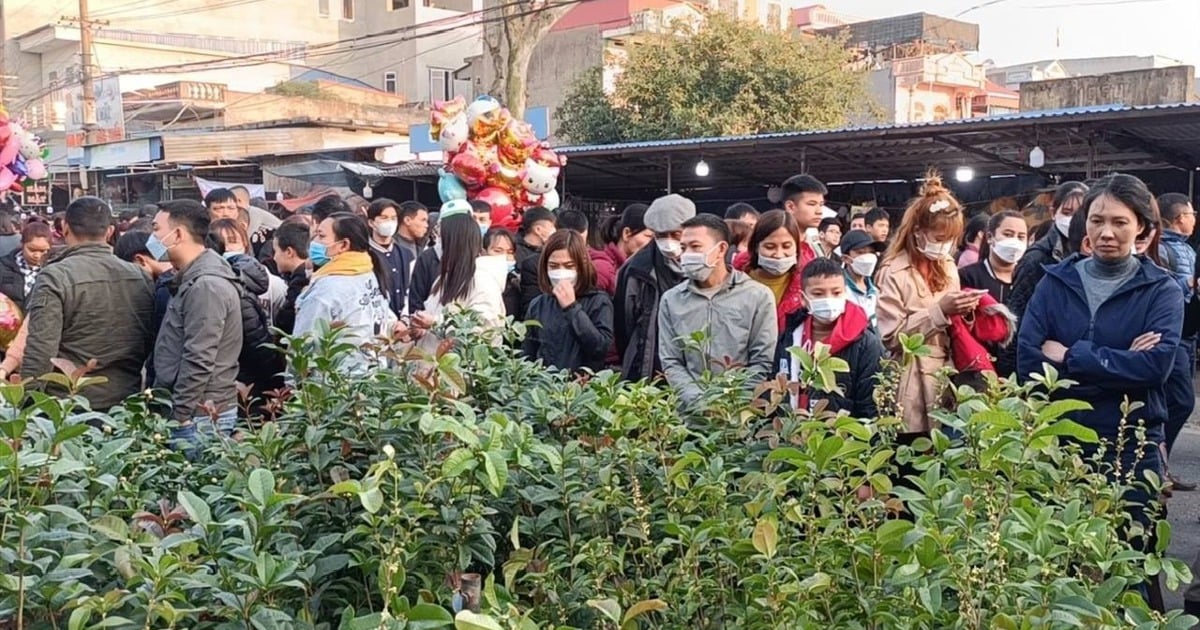
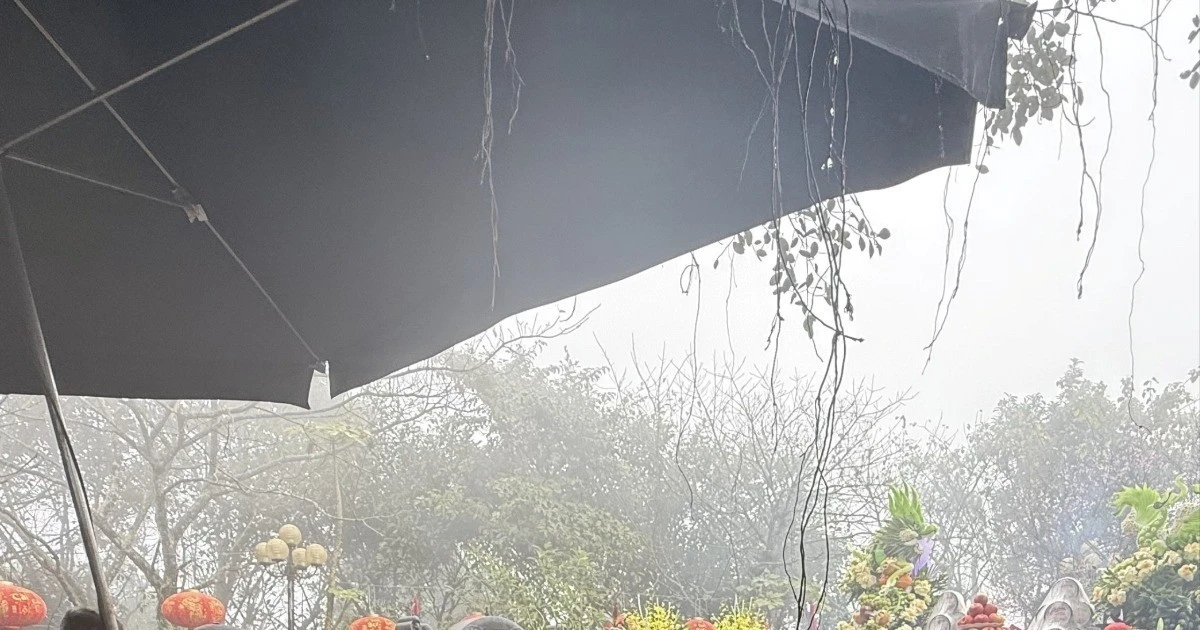
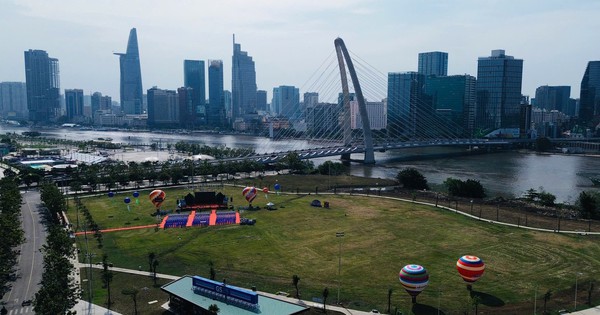
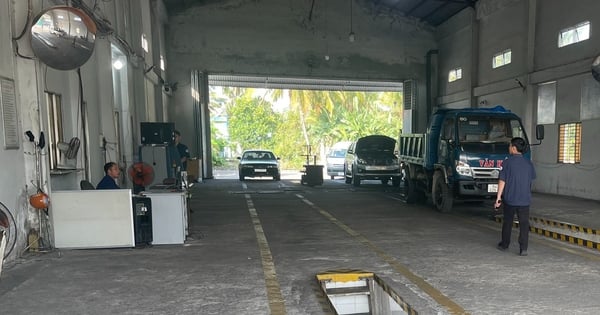


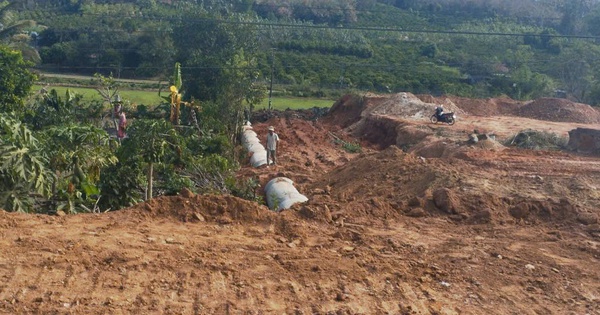













Comment (0)